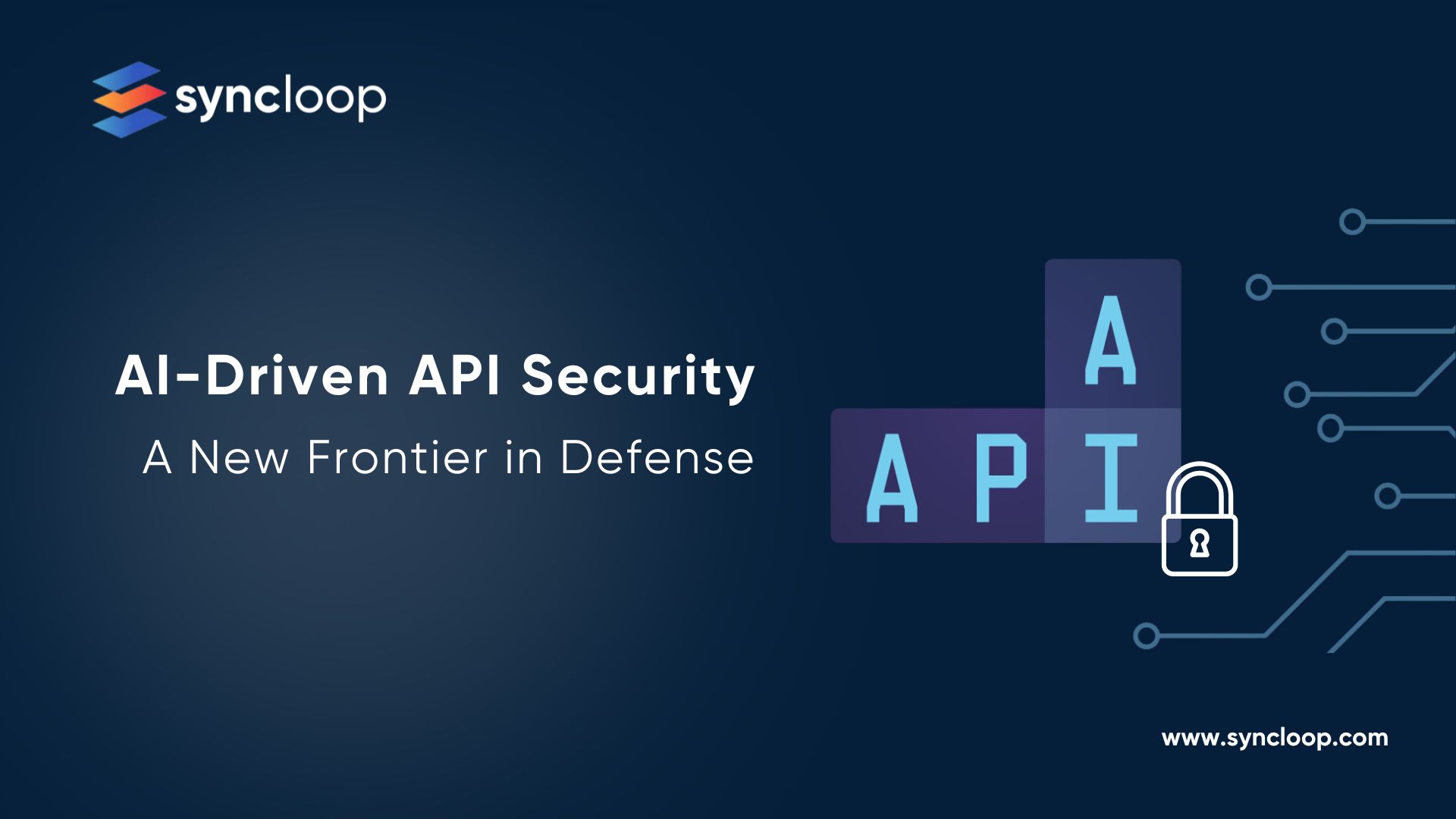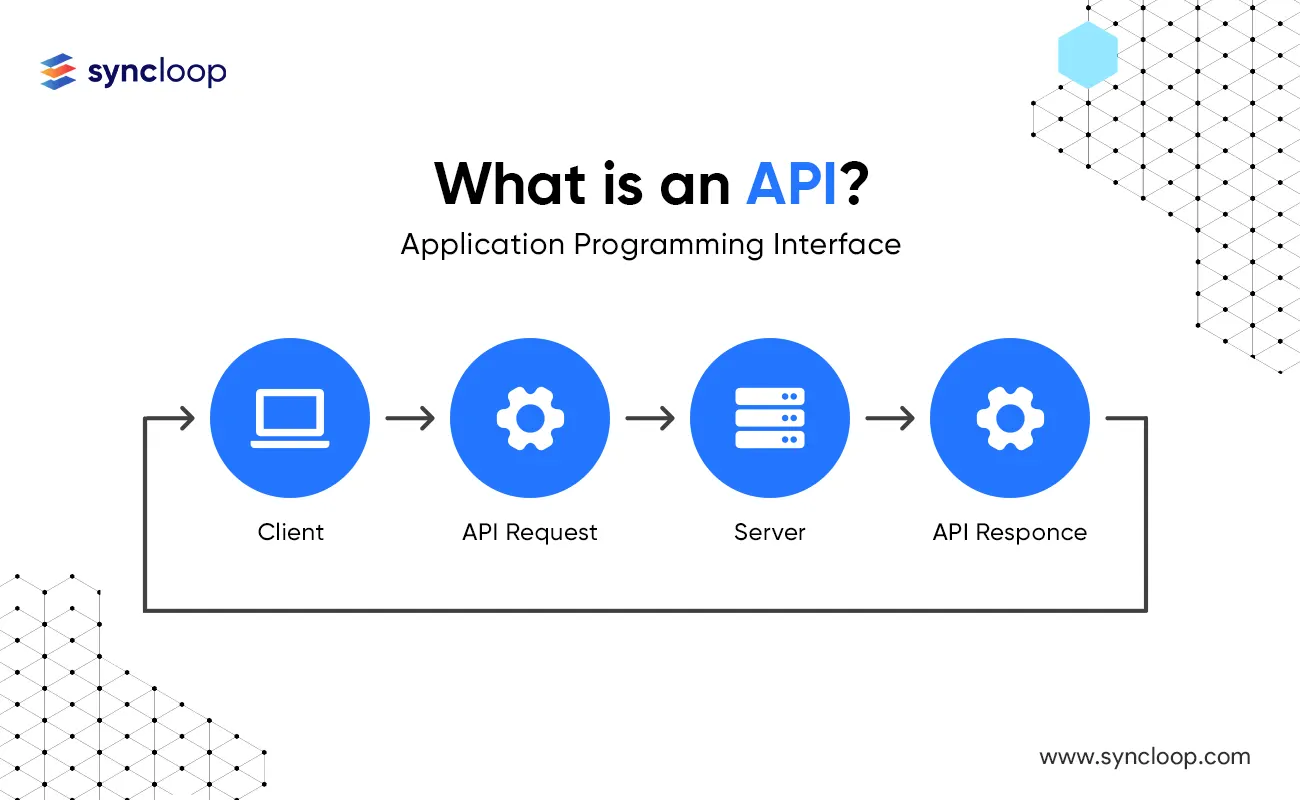AI-Driven API Security: A New Frontier in Defense
Posted by: Deepak | September 24, 2024

Categories: API security, AI-powered security, machine learning
Today, APIs (Application Programming Interfaces) have become the lifeblood of modern applications, connecting systems and services. As the complexity and volume of API traffic increase, so does the risk of security threats. Traditional security measures often struggle to keep pace with evolving attack vectors. This is where AI-driven API security emerges as a powerful tool, leveraging machine learning and data analytics to detect and mitigate threats in real-time.
The Role of AI in API Security
AI can significantly enhance API security by:
- Anomaly Detection: AI algorithms can analyze vast amounts of API traffic data to identify anomalies and deviations from normal patterns, indicating potential threats.
- Behavior Analysis: By understanding historical API usage patterns, AI can detect unusual behaviors that may signal malicious activity.
- Real-time Threat Detection: AI-powered security solutions can detect and respond to threats in real-time, preventing attacks before they cause significant damage.
- Adaptive Security: AI can continuously learn and adapt to new threats, ensuring that security measures remain effective.
Key Benefits of AI-Driven API Security
- AEnhanced Threat Detection: AI can identify and mitigate threats that traditional security measures might miss.
- Reduced False Positives: AI algorithms can reduce the number of false alarms, improving the efficiency of security teams.
- Improved Response Times: AI-powered security solutions can detect and respond to threats in real-time, minimizing the impact of attacks.
- Scalability: AI can handle the increasing volume and complexity of API traffic, ensuring that security measures remain effective as your API ecosystem grows.
AI Techniques for API Security
- Machine Learning Algorithms: Various machine learning algorithms can be applied to API security, including:
- Anomaly Detection: Algorithms like isolation forest, one-class SVM, and autoencoders can identify deviations from normal patterns.
- Behavioral Analysis: Time series analysis and sequence modeling can detect unusual patterns in API usage.
- Threat Classification: Machine learning models can classify threats based on their characteristics and severity.
- Natural Language Processing (NLP): NLP techniques can be used to analyze API request and response data for malicious patterns or suspicious language.
- Deep Learning: Deep learning models, such as neural networks, can learn complex patterns in API traffic and detect advanced threats.
Integrating AI-Driven API Security
To effectively integrate AI-driven security into your API ecosystem, consider the following:
- Data Collection: Gather a comprehensive dataset of API traffic data to train and fine-tune AI models.
- Model Training: Train AI models using relevant machine learning algorithms and techniques.
- API Integration: Integrate the trained AI models into your API infrastructure to monitor and analyze API traffic.
- Continuous Learning: Ensure that AI models are continuously updated and retrained to adapt to evolving threats.
Tools and Technologies for AI-Driven API Security
- API Security Platforms: Platforms like Apigee, Kong, and F5 Advanced WAF offer built-in AI-powered security features.
- Machine Learning Frameworks: TensorFlow, PyTorch, and Scikit-learn are popular frameworks for building and training AI models.
- Security Analytics Tools: Tools like Splunk and Elastic Stack can be used to analyze API traffic data and detect anomalies.
- Behavioral Analytics Tools: Tools like CrowdStrike and Exabeam can analyze user behavior and identify suspicious activities.
Challenges and Considerations
- Data Quality: The quality of the data used to train AI models is crucial for accurate threat detection.
- Model Bias: AI models can exhibit biases if the training data is not representative.
- False Positives and Negatives: Balancing the trade-off between false positives and false negatives is essential.
- Integration Complexity: Integrating AI-driven security solutions with existing API infrastructure can be complex.
Conclusion
AI-driven API security is a critical component of modern cybersecurity strategies. By leveraging the power of machine learning and data analytics, organizations can enhance their ability to detect and mitigate advanced threats. By carefully considering the challenges and opportunities, and by utilizing the latest tools and technologies, organizations can build a robust and secure API ecosystem.
Back to Blogs

